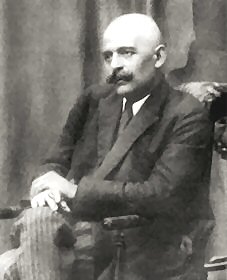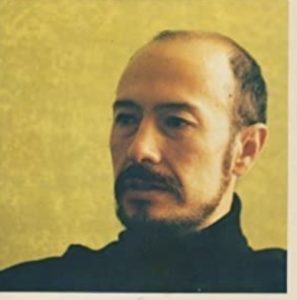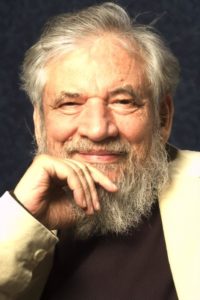Who Invented the Enneagram?
Stemming from the Greek words ennea (nine) and grammos (a written or drawn symbol), the Enneagram is borne out of ancient wisdom tradition. It has its roots in several religions including Christianity, Judaism, and Islam. It can be traced to the Christian desert monk Evagrius Ponticus (399), whose teaching formed the seven deadly Vices or sins, as well as to the desert mothers and fathers of the fourth century, who used it for spiritual counseling. This ancient personality typing system is now interwoven with modern psychology and known to spiritual directors, retreat leaders, clergy, and lay people as a helpful aid to spiritual formation and transformation. In the last century, various individuals have rediscovered a powerful teaching paradigm, which conveys a clear vision of how humans function known as the Enneagram. Originally introduced as a human development system by philosopher and teacher George Gurdjieff in 1915, the Enneagram and its matrix of dynamic connecting lines became the basis for inquiry into the evolution of consciousness. Gurdjieff’s teaching focused on the nine-pointed figure and the chief feature of each ‘type’.
 In the late 1960s, a Chilean named Oscar Ichazo positioned nine personality types around the Enneagram diagram. He continued the works of Evagrius and other medievalists including Origen, on the seven Vices and mapped these onto Gurdjieff’s nine-pointed figure, elaborating on the definitions of the chief features of each type.
In the late 1960s, a Chilean named Oscar Ichazo positioned nine personality types around the Enneagram diagram. He continued the works of Evagrius and other medievalists including Origen, on the seven Vices and mapped these onto Gurdjieff’s nine-pointed figure, elaborating on the definitions of the chief features of each type.
One of Ichazo’s pupils was Claudio Naranjo, a Chilean MD, psychiatrist, and scholar of the Centre for Studies of Personality, and part of the early Gestalt therapy community. He had a broad range of knowledge and expertise in spirituality and psychological human development. Naranjo produced the diagram, which connected Enneatypes to current personality theory, and  along with psychologists in Berkeley, CA, integrated the Enneagram with emerging developments in modern psychology. Translating the personality types into psychological language, he refined and expanded descriptions of the types, as well as the sub-types, thus facilitating the path of conscious development.
along with psychologists in Berkeley, CA, integrated the Enneagram with emerging developments in modern psychology. Translating the personality types into psychological language, he refined and expanded descriptions of the types, as well as the sub-types, thus facilitating the path of conscious development.
In the early 1970s, Helen Palmer, a student of Naranjo, began teaching Enneagram panel workshops in the Narrative Tradition, integrating spirituality, psychology, and somatics. In the 1980s, she published The Enneagram: Understanding Yourself and the Others in Your Life, and together with Stanford psychiatrist David Daniels, MD, co-founded the Enneagram Professional Training Program grounded in the Narrative Tradition.
Soon after, Claudio Naranjo, MD, and other psychologists in Berkeley, CA, integrated the Enneagram with emerging developments in modern psychology. Since the 1970s, the Enneagram has been developed as a modern psychological system by Claudio Naranjo, MD, and other psychologists in California, including Helen Palmer and David Daniels, MD. Loyola University in Chicago was also an early center of Enneagram work.
